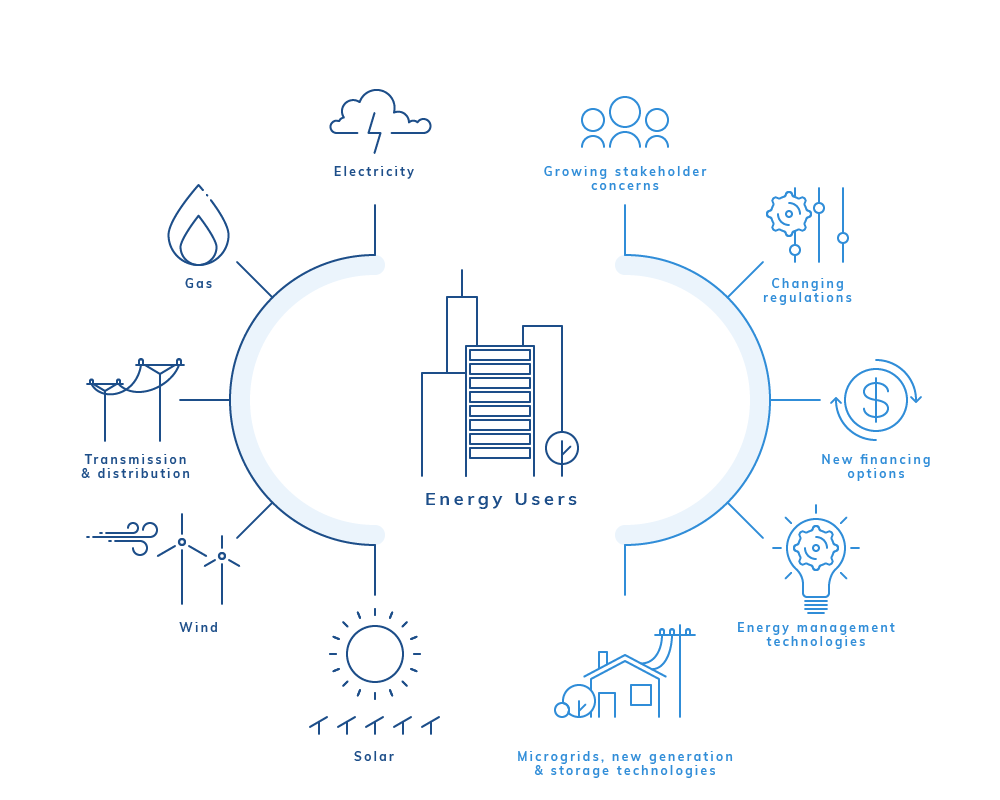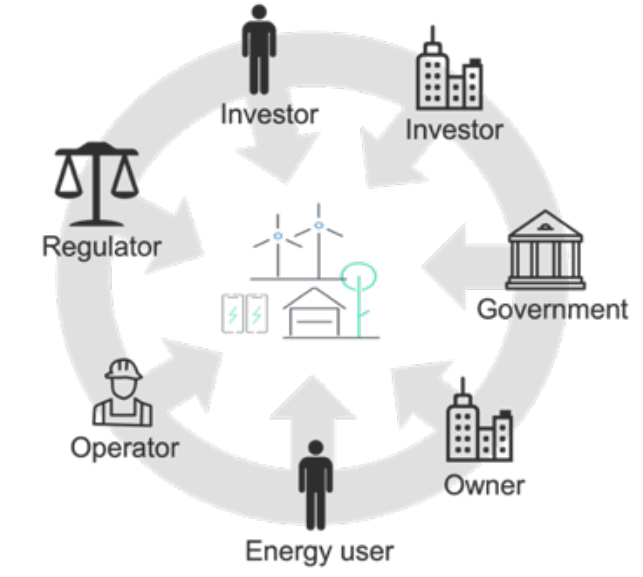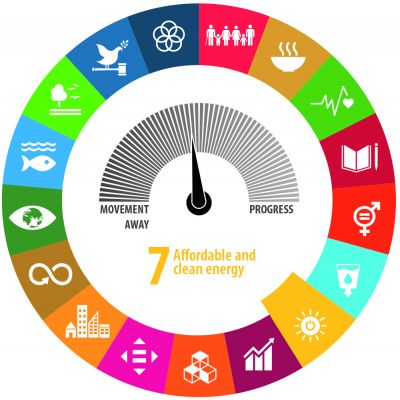
WHy?
Why is XCF Needed?
The energy industry faces multiple challenges due to legacy systems and infrastructure. A rapidly changing business environment requires process change to keep pace. For example, payments can be slow and costly. The Energy sector, for instance, has many different stakeholders, with each having different needs.
Existing energy payment and settlement systems are designed to fulfill the requirements of a few large, centralized energy producers that act locally within the same legal frameworks. Meanwhile, green energy production is becoming ever more distributed and cost-efficient, opening new opportunities to deliver clean energy to under-served populations.
- Decentralized Energy Infrastructure - existing financial processes and systems were not designed to handle this change
- Many Different Stakeholders - Decentralized energy infrastructure has led to smaller energy investments with many more different stakeholders who may have differing data and information needs
- Lack of Transparency - A decentralized environment creates additional requirements, thus increasing the need for further transparency
- Energy Poverty - Energy poverty is the main obstacle for providing education, creating employment opportunities, and improving health care in developing nations.





